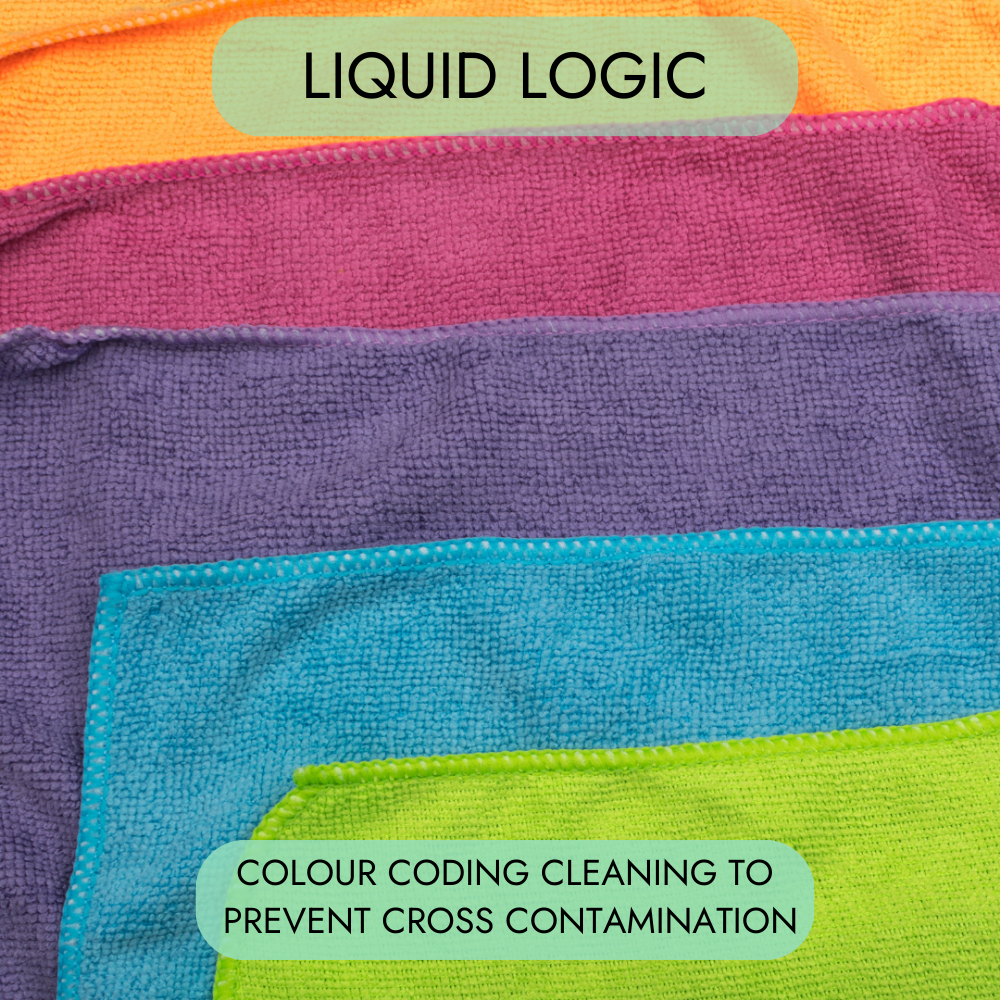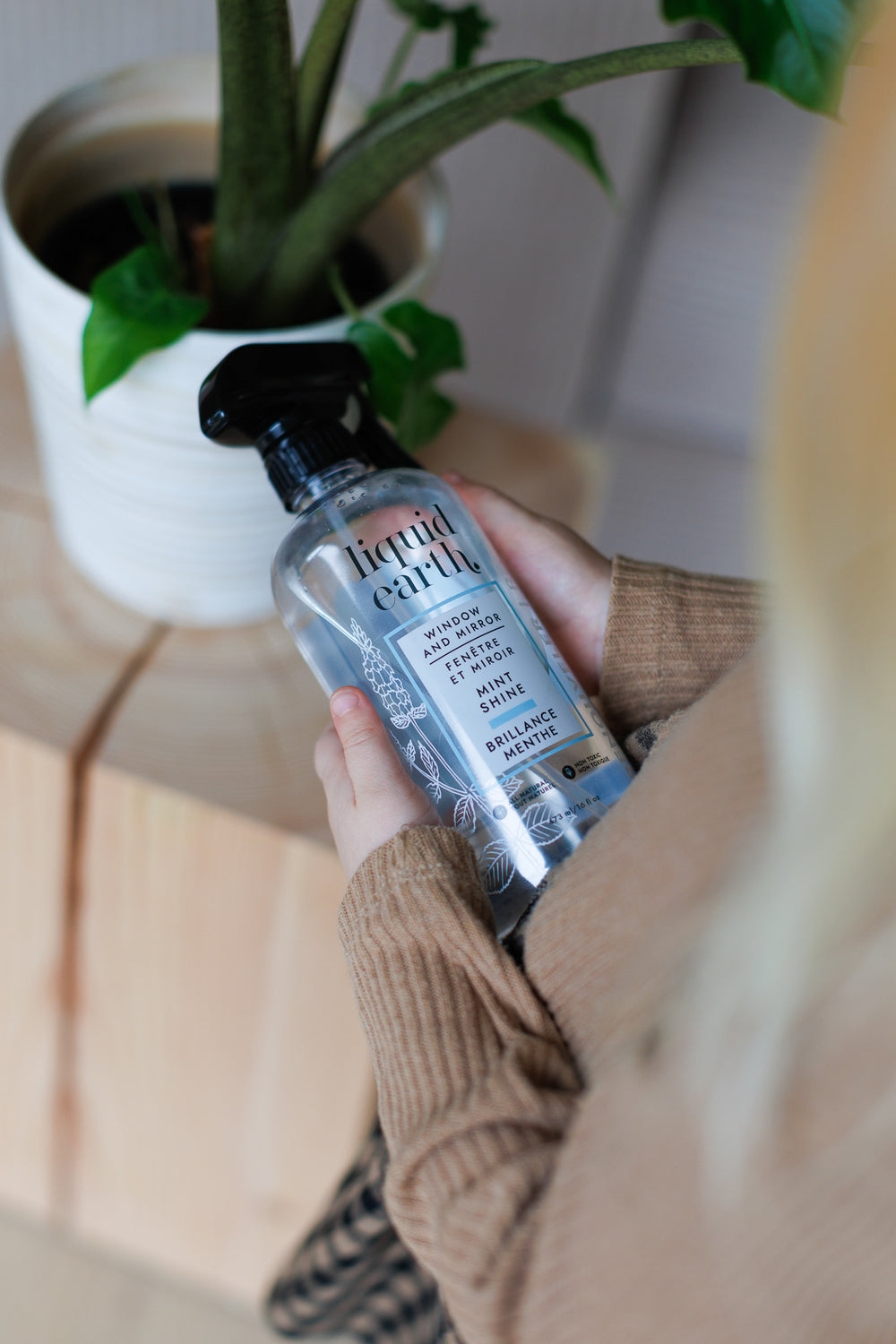Colour Coding Cleaning to Prevent Cross Contamination

Do you have a method for cleaning different surfaces?
How do you clean your home? Do you use the same cleaning supplies and products to clean different areas? If you do, you may be at risk of becoming sick due to cross contamination.
What is Cross contamination
Cross contamination is when bacteria or other microorganisms is transferred from one substance to another (Davidson, 2020). Especially in areas where food is prepared, this could be harmful and cause side effects that range from stomach aches, nausea, or diarrhea to fever, organ failure, and in extreme cases death. Pregnant women, children under the age of 5, adults over the age of 65 and immunocompromised people are at a higher risk of getting sick from cross contamination. However, there are ways to prevent and mitigate cross contamination. One of these methods is colour coding cleaning.
Colour coding and how it works
Colour coding is simple. Use the same colour cloths, microfibres, sponges, and even buckets and mops for a certain area of your home, and then use another set of colours to clean other areas of your home. This prevents cross contamination between different areas of your home while cleaning. The British Institute Of Cleaning Science (BICSc) has guidelines for the cleaning industry for how to categorize areas and what colours to use for them (Sneddon, 2021). Clinical areas should be yellow, washroom and sanitary areas are red, food areas are green, and other areas are blue. The idea is to have blatantly obvious different coloured cleaning supplies for each area and to only use a certain colour for a certain area, and maintain this practice long term. For an average home, separating areas into food preparation/eating areas, washroom/bathroom areas, and other areas (e.g. living room, bedroom etc) would work.
Tips for colour coding
The concept of colour coding cleaning is simple, and it is important to make it simple and easy for ourselves to practice (Remco Products, 2017). Here are some tips to help with how to get started:- Use distinct colours – basic blue, red, green, and yellow are popular choices.
- Use colours that make sense to you and are logical to the area.
- Communicate with everyone in your household about your colour coded cleaning method – it would be pointless if other people were cross contaminating!
- Store the cleaning supplies for one area in that area – this would eliminate any confusion about which colours corresponded with which area.
- Use labels and other indicators – this ensures there is no confusion.
- If you are colour blind, use patterned cloths instead!
Liquid Earth not only makes environmentally friendly products that are cruelty-free, but we also care about the well-being of our customers and their living environments. Cleaning is a big part of our everyday lives, and we feel it is important for everyone to be mindful of their products and the health of their homes. Check our other insightful blogs on the Liquid Logic page!
References
Davidson, K. (2020, January 21). What is cross contamination? plus, how to avoid it. Healthline. Retrieved May 24, 2022, from https://www.healthline.com/nutrition/what-is-cross-contamination
Remco Products. (2017, March 9). 5 things to know about color-coding. Food Safety RSS. Retrieved May 24, 2022, from https://www.food-safety.com/articles/5223-5-things-to-know-about-color-coding
Sneddon, R. (2021, December 23). Colour code your cleaning to prevent cross contamination. BUNZL Cleaning & Hygiene Supplies Blog. Retrieved May 24, 2022, from https://blog.bunzlchs.com/colour-code-your-cleaning-to-prevent-cross-contamination/


